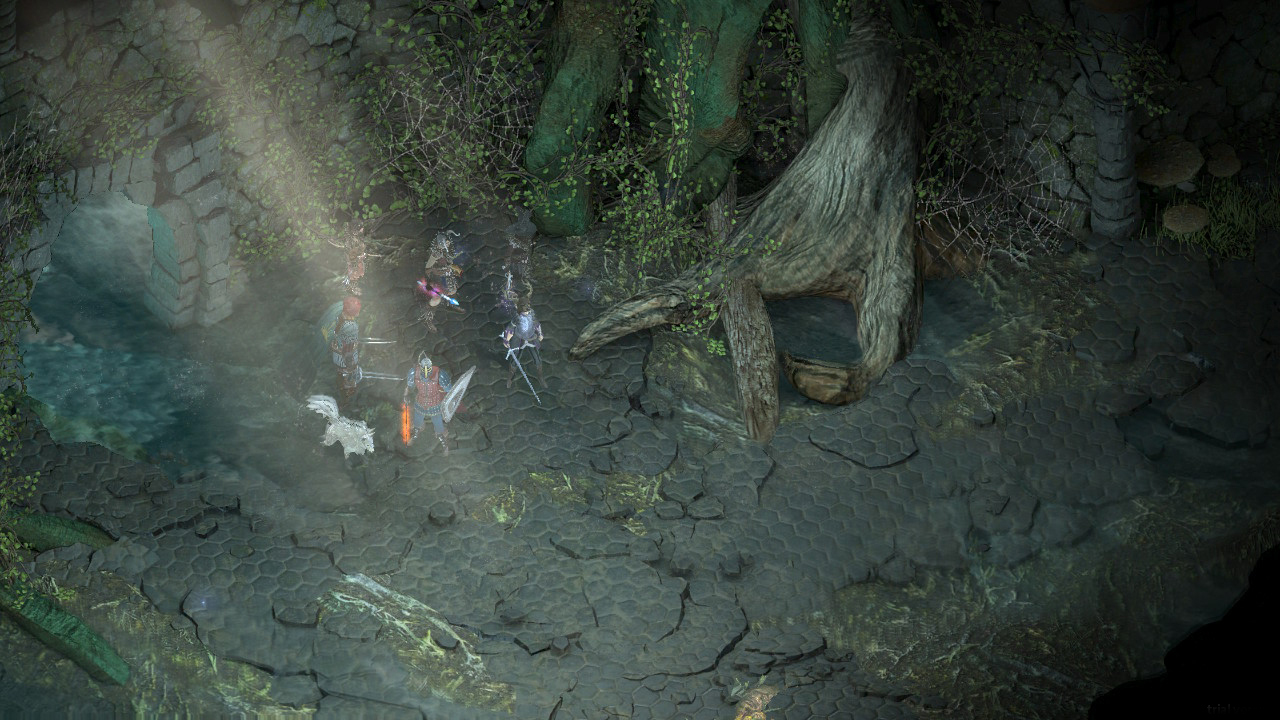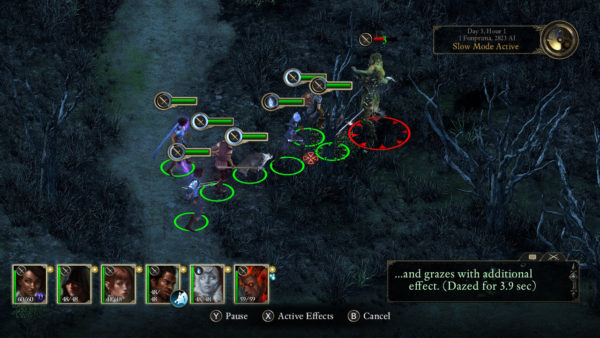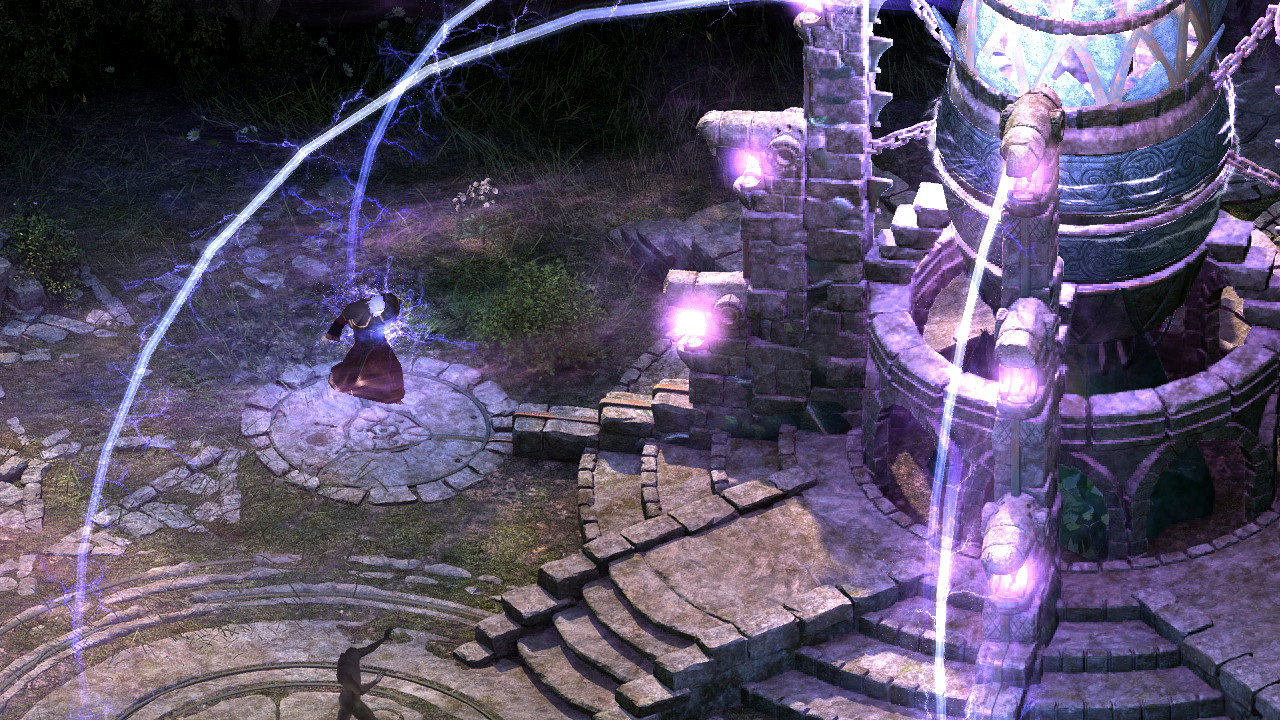
The 90’s were a great time for RPGs, especially on PC. The Infinity engine games such as Baldur’s Gate and Planescape Torment were nothing short of spectacular, and have inspired many other games over the years including Dragon Age and more. Numerous studios have tried to recapture the magic of those games but the closest has been Pillars of Eternit from Obsidian Entertainment. Obsidian has a long history with RPGs and Pillars of Eternity shows how skilled they are.
Starting the game, you will be greeted with a character creation screen that is one of the most extensive I have seen in an RPG. There are the usual standard classes, but the game takes time to make each race and class unique and even includes new ones. Because this is an original universe and not tied to D&D like many of the early games I mentioned, the developers have a lot more freedom.

Pillars of Eternity definitely stands out as a unique RPG, since each character is so detailed in terms of backstory and persona. No one feels like a generic character, and instead fully realized. It makes you appreciate how much work Obsidian put into this game and creating the world here. Decisions also matter in the game and Obsidian doesn’t pull punches. This isn’t an RPG where you are given an artificial choice, but rather one where everything you do will have a consequence. I do need to mention however, that a lot of the backstory and information comes in the form of text pieces that show up in chunks throughout the game. Its not a bad thing necessarily, but something to keep in mind. I will mention that I love that the text has been altered slightly for the Switch version so that it is visible clearly even in handheld mode.
Combat is done in real time (and is pausable), reminiscent of the classics and a touch of strategy is needed to know when to do what. Simple button mashing wont save you here, as you will need to learn how best to use each attack and spell. The offensive and passive spells are an important part of the game, and understanding how buffs work is key to success along with placement of your party. Avoid attacks by being in the right place and don’t forget about equipment. You can equip your character and class for how best to handle a situation, and it really does make a difference in how the battles play out.

I will also add that the sidequests are handled extremely well. They have a real weight to them and tie into the influence system that Obsidian is known for putting into their games. Just like with the main story, the sidequests feature actual choices and will have long term ramifications for your playthrough. This does mean you will have to carefully consider every decision, but also opens up a lot of replay value for the game after your initial play session. This is, as I said above, a fully realized world and its amazing that it was done with its own ruleset as opposed to a D&D basis.
Now I need to mention about how the game runs on the Nintendo Switch . Obsidian and Versus Evil boasted that the game was fully optimized for the Switch and I must say that they can back up their boast. As mentioned above, the text is handled well for those playing in handheld mode, and the game runs like a charm. The controls respond perfectly after taking the time to learn, and the overall presentation is top notch. It didn’t cause any additional overheating or power issues on the Switch, and visually the game looks gorgeous. This is the entire game, with everything added and its one of the best port jobs I have seen for the Switch.

The only really issue I had was that in some areas, the game was a bit too dark, and that’s a minor issue. Combining this was all the high points made this a great experience. This is a game I plan to come back to over and over, and I am excited for the sequel that is also coming to Switch. This is how you port a game and I am very impressed. I highly recommend checking this out, as you will not regret playing this game
Disclaimer: A review key was provided

